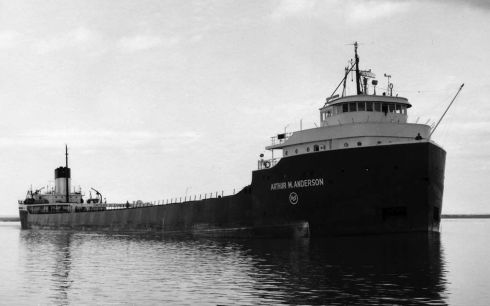Tag Archives: new york
Balto in snowy Central Park

The Iditarod has its ceremonial start in Anchorage tomorrow, followed by the official start in Willow on Sunday. The Last Great Race commemorates the Nome Serum Run of 1925.
General Grant National Memorial
National Park Week Day III; Today’s Theme: Military Monday

I was on my Amtrak Railpass tour of the Lower 48, when I was lucky enough to be invited to spend some time in New York City. While exploring the campus of Columbia University, I decided to walk down to General Grant’s mausoleum.

General Grant died of throat cancer on 23 July 1885. The mayor of NYC at the time, William Russell Grace, immediately offered a place in his city for the mausoleum. Grant himself, had only one request: That he should lie beside his wife Julia when she passed. That left out the military cemeteries, which did not allow women to be interred at that time.
Memory of the country’s Civil War was still fresh, and any funding need for a memorial to the General who ended the war, was met with enthusiasm. Not to say that there wasn’t controversy. Washington D.C. felt that they should get his memorial, and there were design competitions and delays. Still, construction began in the summer of 1891, and Grant’s remains were transferred to the red granite sarcophagus on 17 April 1897. The monument was dedicated ten days later on the 27th, which would have been Grant’s 75th birthday.

Julia Grant would die five years later in 1902.
The National Park Service assumed authority over the tomb in 1958. In 1991, efforts were made to bring attention to the deteriorating condition of the mausoleum. This was not the Park Service’s finest hour. A Columbia University student, Frank Scaturro, who was also a volunteer at the Grant Memorial, tried in vain to bring attention to the lack of maintenance at the tomb. Graffiti and vandalism plagued the Memorial, and the building was in very poor condition. After two years of being ignored by the Park Service, Scaturro wrote a 325 page whistle-blower report to both Congress and the President.
In 1994, the U.S. House of Representatives passed legislation to “restore, complete, and preserve in perpetuity the Grant’s Tomb National Memorial and surrounding areas.” The restoration of the Memorial was completed in 1997, and the site rededicated on 27 April 1997 – 100 years after the original dedication.
When I was there, the Memorial had a jazz concert playing nearby, and the grounds and Riverside Park were immaculate. It is a very peaceful setting above the Hudson River.
Approximately 80,000 people visit the Grant National Memorial in non-pandemic years.

Be careful what you ask for…

This is what is running through your contractor’s mind when you are trying to get them to drop their price.
SS Arthur M. Anderson

The freighter, Arthur M. Anderson, had been trailing the Edmund Fitzgerald during the fateful, November storm, that sank the Big Fitz in 1975. The Anderson reported the missing ship to the U.S. Coast Guard, and had made the safety of Whitefish Bay in the early morning hours of November 11, 1975. The Anderson then joined other ships, and reversed coarse back into the storm, to look for survivors.
After making the post on the Edmund Fitzgerald last week, I received a tip from Ogdensburg, New York along the Saint Lawrence Seaway, that the Anderson was back on Lake Superior on the 45th Anniversary of the sinking of the Fitz. In fact, it had passed the location of the wreck of the Fitzgerald early on the tenth, and came into the Duluth Harbor that evening.

I was simply amazed that the Anderson was crossing the same waters on the 45th Anniversary.
The above video is 9 minutes long, the Anderson appears at the 3:50 mark. The Master Salute to the Fitzgerald would have been something to experience in person along the canal.
USS Croaker
Buffalo and Erie County Naval Military Park

USS Croaker 246
The USS Croaker, a Gato class submarine was launched on this date in 1943. The Croaker received three battle stars for its service during WWII. One of three ships I toured while in Buffalo, New York at the military park at Canalside.
Camera: Leica M3; Film: Kodak 35mm, T-Max 100







